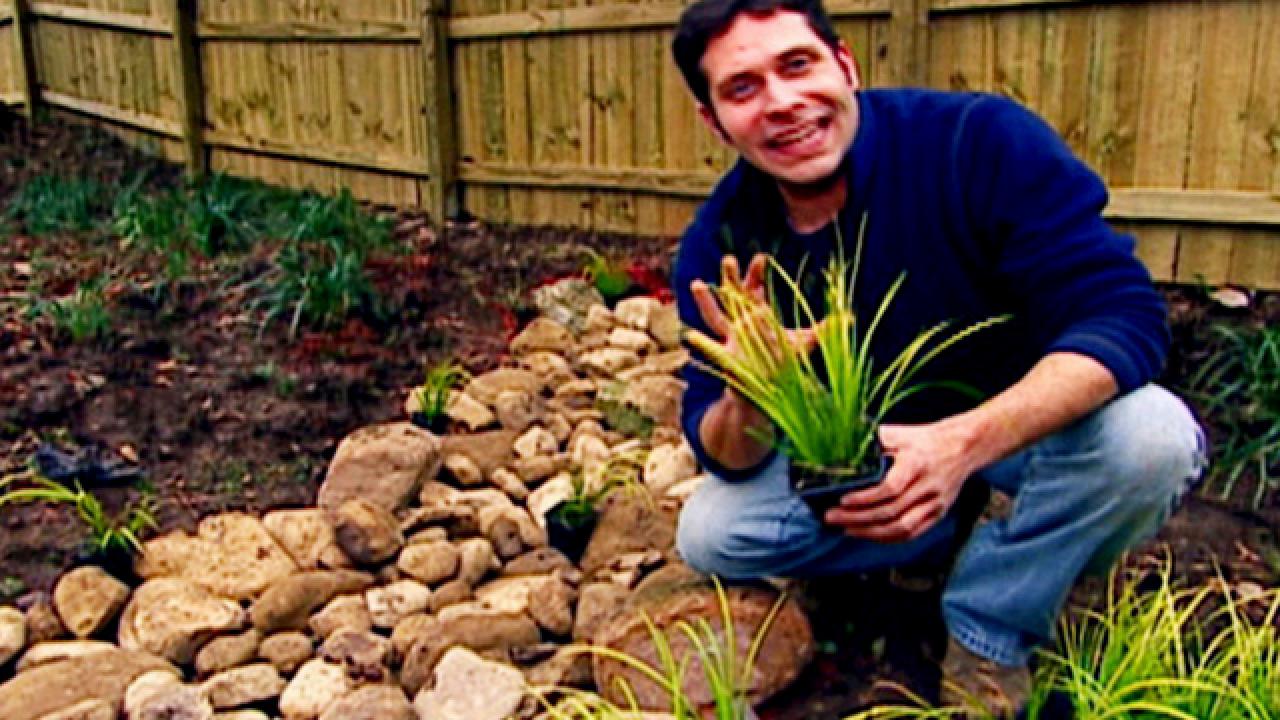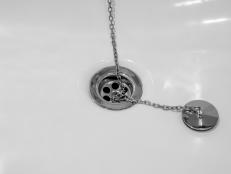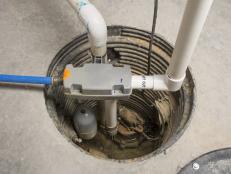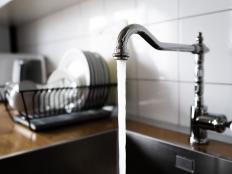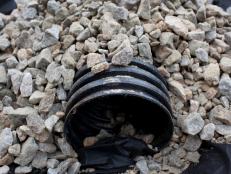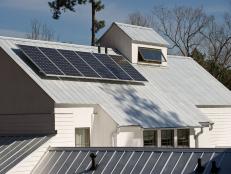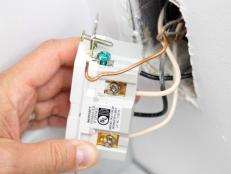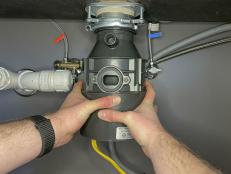How to Improve Yard Drainage
Poor yard drainage is more than just a nuisance. Standing water can destroy your lawn, invite pests and even jeopardize your home. Here are some things you can do to improve the drainage in your yard and around your house.
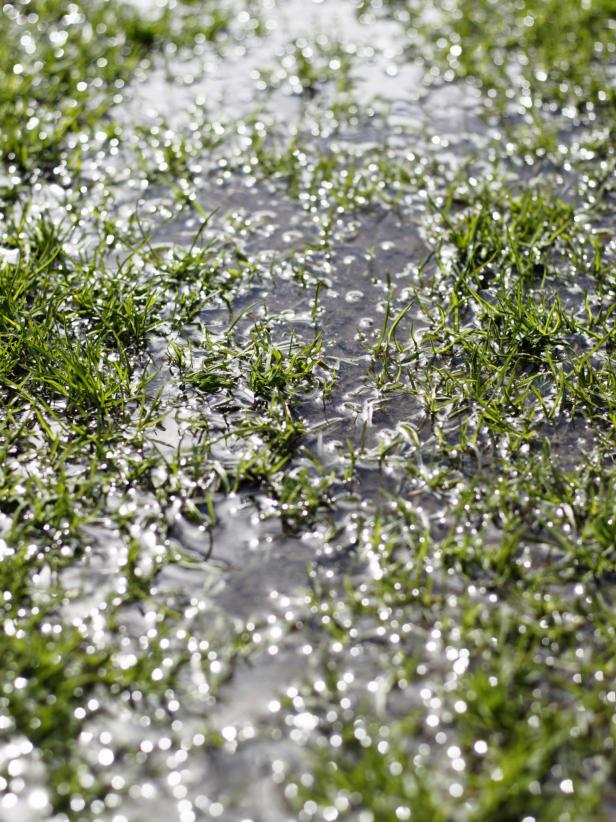
©iStockphoto.com/samheaton

Where’s the Water From and Where’s It Gotta Go?
Before you can determine how to drain an area of your yard, you’ll need to make some basic observations first. Where is the water coming from? Meaning, is it runoff from a neighbor’s yard? Is it sheeting off of your shed’s roof? Do you have too many rain gutters emptying into the same spot? Identifying the causes of excess volumes of water goes a long way toward choosing the solutions that are right for you.
Next, you’ll really want to understand why a particular spot is holding water. Is it a low spot in the yard that can just be landscaped so that it drains? Or do you have garden beds holding water and not draining properly? Maybe the terrain around your house doesn’t adequately guide water away from the homesite. These issues may require heavy changes in the landscape to address drainage issues.
Finally, you’ll want to know which way you can divert water so that it’s safely away from your home and that of your neighbors. Ideally, you’ll take excess water out to the street or local stormwater system and away from your home and your neighbors'. Now that you’ve thought about the causes of your drainage issues, here are some solutions that can help you move water away from your yard properly.
French Drains

While they require a fair amount of elbow grease, French drains are a great way to disperse water over a large area, and they’re used to deal with a large number of drainage issues. French drains do not require an outlet; instead, they rely on a perforated pipe laid in a gravel trench to collect and disperse water as it flows along the inside of the pipe. Learn how to install a French drain.
French drains are unique in that you can have an inlet on both sides of the pipe, so that two areas can flow into the same drain. French drains can be used in conjunction with gutters or dry wells to reduce surface water runoff.
The Dry Well
Dry wells are perforated tanks surrounded by aggregate that receive water piped from other areas. The water collects into the well and slowly seeps into the ground through the perforations in the side of the tank. This system can ingest a large volume of water and contain it so that the soil doesn’t become super saturated. An effective dry well should be able to collect the first 20 minutes of your largest average rainstorm of the year. You can connect a variety of drainage devices to a dry well, including French drains, gutters and channel drains.
It might be necessary to consult your local building inspector and ask if permits are required for a dry well. Since a dry well can have an impact on groundwater, certain municipalities might require specific designs or materials to mitigate any threats your dry well might potentially pose.
Gutter Downspouts
The gutters on your home could be contributing to the mass of water collecting in your yard. As your home’s gutters collect rain, they eject it through the nearest downspout. If your downspouts are emptying into an area that runs uphill or tends to collect water, it might be time to redirect your gutters.
You can attach a rigid drain pipe to the end of a gutter spout to carry water away from problem areas. Or, if it’s feasible, simply dig a dry creek bed for your gutter to empty into that will carry water away from problem areas.
Rain Gardens Are the Eco Solution

RainDogDesigns.com/wordpress
Sometimes it’s either not feasible to solve a large drainage problem, or it’s too costly. When that happens, it might be time to consider an alternate landscaping choice. There are lots of options for native plants that thrive in soggy areas and that create a habitat for birds, frogs, insects and all kinds of wildlife that depend on them for food and shelter. Rain gardens can soak up tremendous amounts of water, are easy to care for and provide hours of enjoyment for homeowners. Check out some of HGTV's favorite rain gardens for inspiration and tips for building your own.
